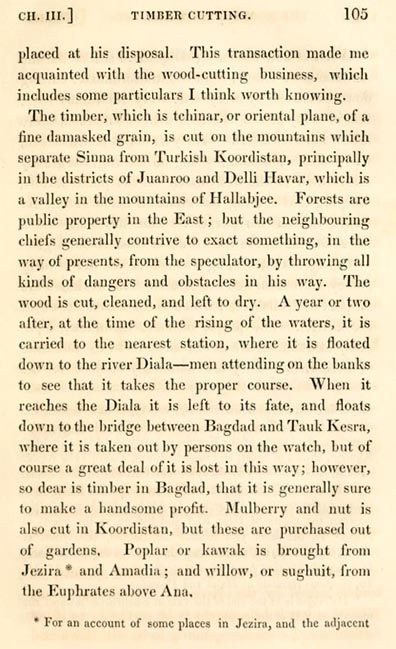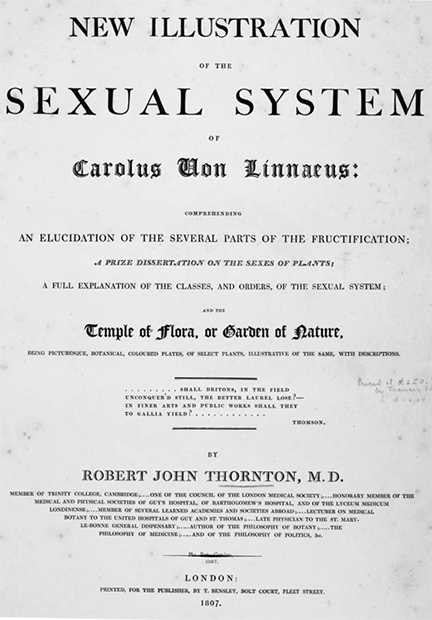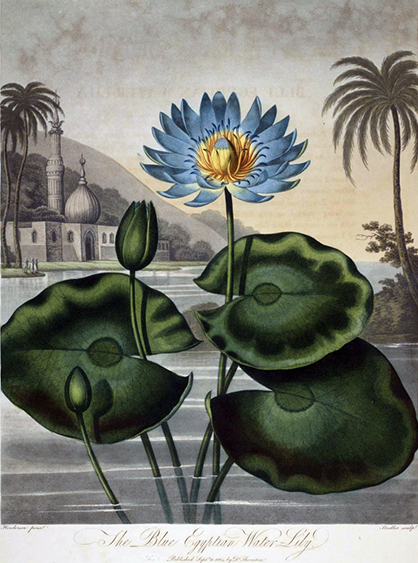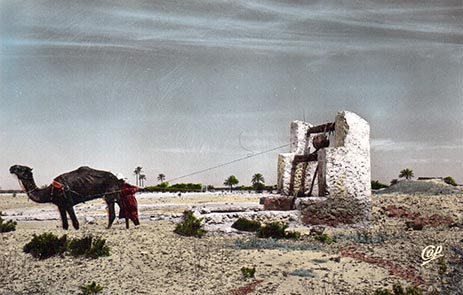
Webshaykh’s Note: An article entitled “Qat, Cosmopolitanism, and Modernity in Sana’a, Yemen” has been written by Irene van Oorschot, and published inArabian Humanities, Vol. 1, 2013. Her ethnographic study focuses on urban women in Sanaa. I attach here the beginning paragraphs, but urge readers to read the full article on Arabian Humanities, a new journal dealing with Yemen and the Arabian Peninsula.
The prevalence of qat consumption in Yemen strikes even the most casual of observers. Adolescent and adult men can be seen chewing in shops, taxis, and on the streets, while the many qat vendors in the streets and squares of Sana’a contribute —in the eyes of many tourists— to its quaint charm. While women do not usually chew qat in public places, married women chew qat in the privacy of their own or their female relatives’ houses. Chewing qat is however held to be shameful for unmarried women, a notion which is sometimes explained with reference to the alleged effects qat has on people’s libido. As a (sexual) stimulant, qat has no place in unmarried women’s lives. After all, they are not supposed to have premarital relationships, and as such are “not supposed to chewâ€. However, among unmarried women of the educated and urban elites, qat chewing is an popular way to spend one’s spare time:
“It is just a way to relax, to unwind, to be away from work, and to be with my friends,†WafÄ’, an unmarried woman, told me. “My married sister chews qat, too, and she is even younger [than I am]! So why should I not get to chew qat and relax?†Continue reading Qat, Cosmopolitanism, and Modernity in Sanaa, Yemen →











 Photograph courtesy of Dr. Muhammad Gerhoum
Photograph courtesy of Dr. Muhammad Gerhoum

